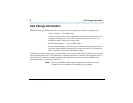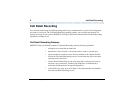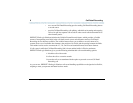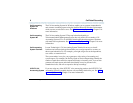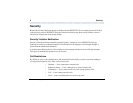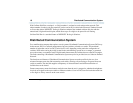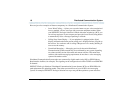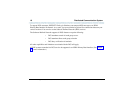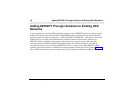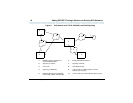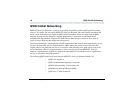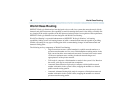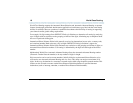
10 Distributed Communication System
DEFINITY ProLogix Solutions Release 2 Overview
555-235-100 Issue 2 June 1999 10-2
With Uniform Dial Plan, a unique 4- or 5-digit number is assigned to each station on the network. This
unique number (location code plus extension) can be used at any location in the Electronic Tandem Network
to access that station. DEFINITY ProLogix Solutions enhances the standard uniform dial plan with the
unrestricted 5-digit uniform dial plan, which allows up to five digits to be parsed for call routing.
Uniform Dial Plan is a standard feature of DEFINITY ProLogix Solutions.
Distributed Communication System
For a multilocation company that requires several systems, Distributed Communications System (DCS) may
be the answer. DCS is a network arrangement of private switches, referred to as nodes. The maximum
number of nodes that can be in a DCS varies from 2 to 63, depending on the particular configuration of
switches. DCS nodes can be physically located in the same building, spread across a campus, or scattered
across the country or around the world. Digital trunks interconnect the switches that serve the DCS complex.
The links connecting a Distributed Communication System may also be provided across a Software Defined
Network.
The functions and features of Distributed Communication System are made possible by the use of an
advanced interprocessor data link connecting each switch, allowing call-processing to be passed from one
switch to another. The data link supplies transparency of selected features and efficient utilization of
facilities that can be shared.
Feature transparency means that features work the same from the user’s perspective, whether the telephones
involved are assigned to the same switch or different switches. Users in a DCS can dial each other with four
or five digits as if they were all on the same switch.




